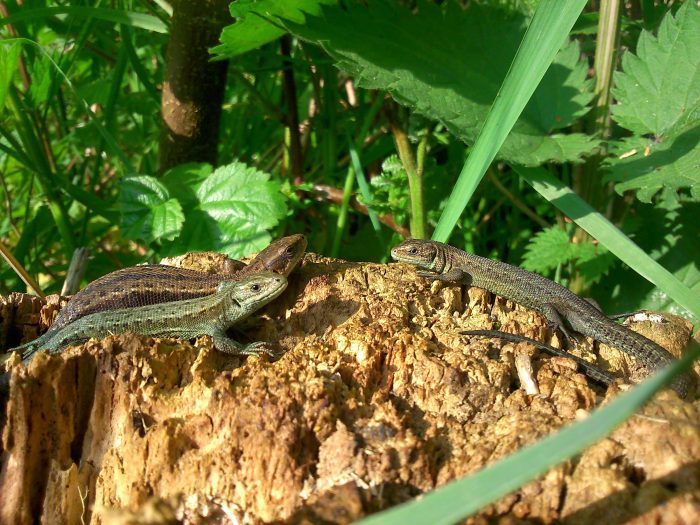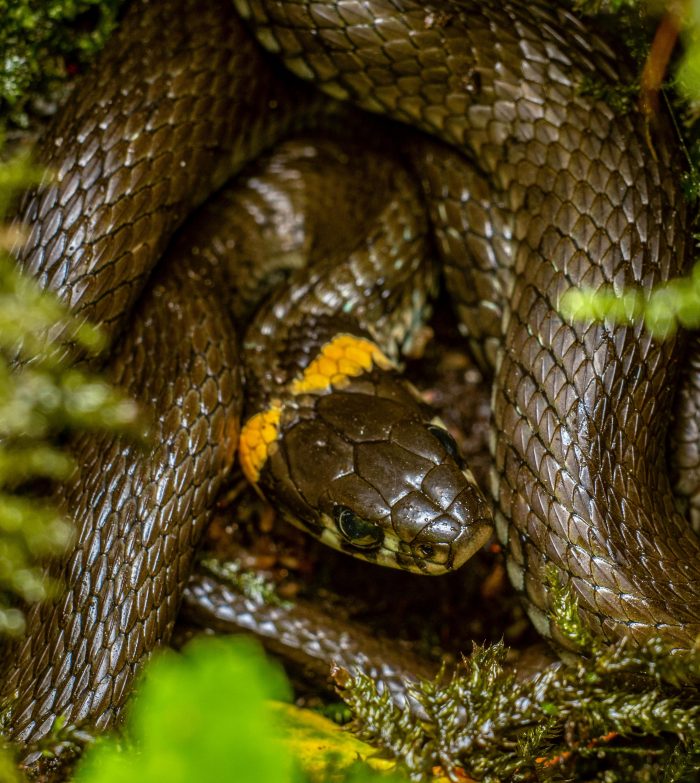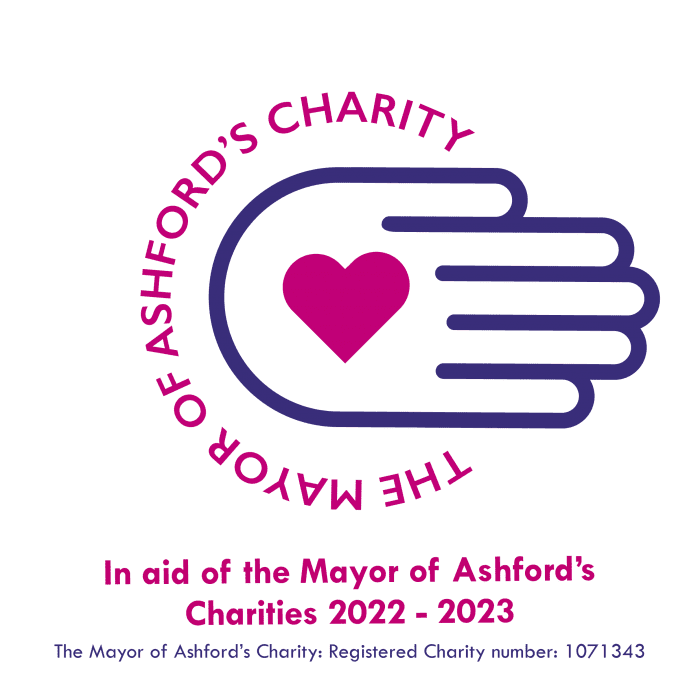

Common Lizards at Singleton Environment Centre. Credit: Tara Hall
We have had several sightings of reptiles in the Centre grounds. Keep a look out for lizards and slow worms, that are spotted regularly, hiding under logs, rocks and carpet tiles. We have had reported sightings of grass snakes but they prefer to visit the Centre when all the visitors have gone home.
Reptiles are cold-blooded animals with backbones. They have skin covered with scales or bony plates called scutes. Whereas humans maintain a constant temperature with a small range, reptiles must bask in the sun to increase their body temperatures and shelter in the shade to cool down. Most reptile species lay eggs, though certain “squamates” — lizards, snakes and worm-lizards — give birth to live young.
There are six native species of reptiles in the UK – three snakes and 3 lizards:
Adder Grass snake Smooth snake
Common lizard Sand lizard Slow-worm
All native reptiles are protected by law in Great Britain meaning it is illegal to deliberately kill, injure or trade them.

Grass Snake. Credit: глеб-коровко via Pexels
The grass snake is the largest of the native snakes. It does not bite and is harmless to humans. It is greenish in colour, with a yellow and black collar, pale belly, and dark markings down the sides. Females are bigger than males.
To protect itself from predators the grass snake will ‘play dead’. They also hiss and release a foul-smelling substance from their anal gland.
The common lizard is 10-15cm in length. It is usually brownish-grey and often has rows of darker spots or stripes down its back and sides. Males have bright yellow or orange undersides with spots, while females have paler, plain bellies.
As a defence mechanism the common lizard can shed its tail. The shed tail continues to move in order to distract its attacker allowing the lizard to escape. The lizard can regrow its tail, although it is usually shorter than the original.

Slow Worm. Credit: DavidSelbert via Pexels
The slow worm is neither a worm nor a snake, but is, in fact, a legless lizard. It is much smaller than a snake and, unlike snakes, has eyelids. Slow worms are smooth with a golden-grey shiny skin. Males are paler and sometimes have blue spots, while females are larger, with dark sides and sometimes have a dark stripe down their back.
During courtship, the male will bite the female’s head or neck and then intertwine their bodies. Courtship may last for as long as 10 hours.

The information board is kindly sponsored by The Mayor of Ashford’s Charity and International Biodiversity Consultants Ltd
